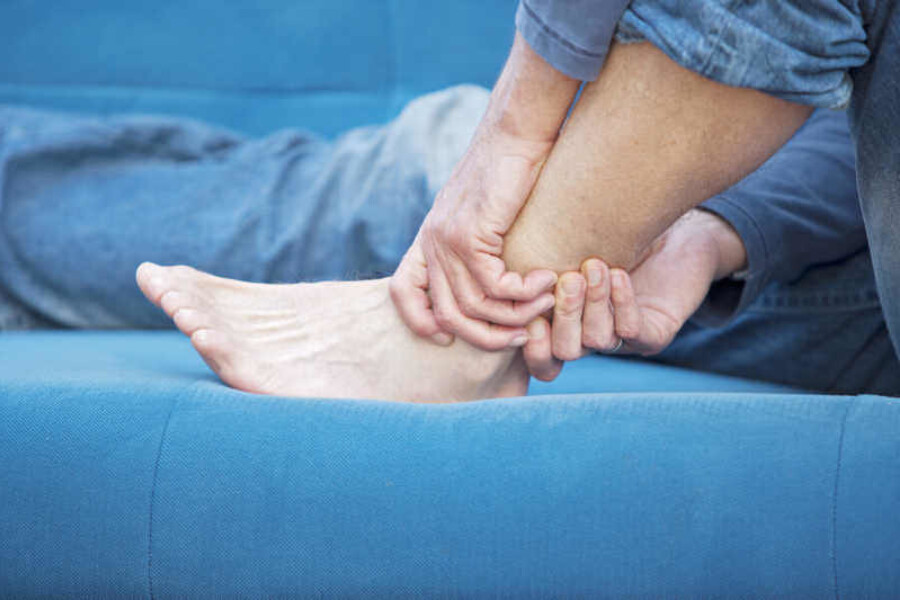What Causes Venous Ulcers, and How Are They Treated?

Many people suffering from venous ulcers misdiagnose the problem altogether -- here’s what to look for and how to treat them.
Every day, you naturally shed almost one million skin cells. This cycle of building up and breaking down skin cells is perfectly normal — but when there’s too much build-up, you become susceptible to conditions like psoriasis and Ichthyosis (which create thick and scaly skin). On the other hand, if your skin sheds too much too quickly or is unable to replenish itself, you may be at risk of developing a venous ulcer.
What is a Venous Ulcer?
There are several different types of ulcers. The most common are venous stasis ulcers, which affect the legs, primarily in the area just above the ankle. If the valves within these veins aren’t functioning properly, blood can flow back down towards the foot, causing pressure on the veins and skin. When circulation is restricted and blood gathers in the feet and legs, you run the risk of developing ulcers. Because nutrient exchange from blood flow is vital to a healthy body, the oversaturation of nutrient-devoid blood that comes with venous ulcers can damage surrounding tissue.
Factors that can increase the risk of venous ulcers include age, obesity, and leg injuries.
What Are the Symptoms?
Sometimes even a scrape or bump can turn into a venous ulcer if left untreated. You may experience a variety of symptoms, including unpleasant odor, oozing wounds, pain, or spontaneous bleeding. These complications can have a negative impact on your quality of life, such as preventing you from swimming or making you feel self-conscious about wearing clothes that expose your legs or ankles.
Patients have been known to mistake the symptoms of venous ulcers for spider bites, as they’re very similar to the typical reaction associated with the brown recluse. While there is some overlap between the two, spider bites will heal on their own, whereas a venous ulcer will persist unless you receive the proper treatment.
What Are the Treatment Options?
Since the causes of venous ulcers are internal and not related to outside bacteria, antibiotics are ineffective and should be avoided, as taking them could lead to superinfection if you have resistant organisms in your body.
Compression stockings, velcro straps, and elastic bands are the most common treatment methods. Zinc paste can also be applied to bandages to topically treat the ulcer. There are even multi-layer bandages that include foam and cotton. These have the advantage of absorbing moisture, and some people find them more comfortable. Although they’re more expensive and bulky than ordinary compression stockings, a vein specialist may recommend them for more advanced ulcers.
In more serious cases, a physician may perform a procedure to remove damaged tissue from the leg. If circulation is reduced to the point where cells start to deteriorate, it may be necessary to remove them before conditions like gangrene set in.
To address the root cause of venous ulcers, specialists can perform laser surgery, typically guided by x-ray or ultrasound. Once the procedure is complete, the skin balance is restored and there is very little risk of the ulcer recurring. These new, minimally invasive procedures have eliminated the need for more involved surgeries like vein stripping.
Without treatment, venous ulcers can take months or even years to heal. If you’re already experiencing symptoms of a venous ulcer, we recommend contacting contacting a vein specialist for evaluation and treatment. There are many focused treatment options for venous ulcers, and the risks of letting a wound remain untreated far outweigh the cost of addressing the issue at its source.